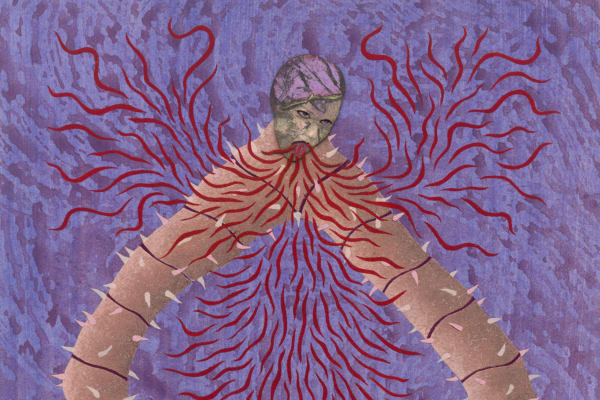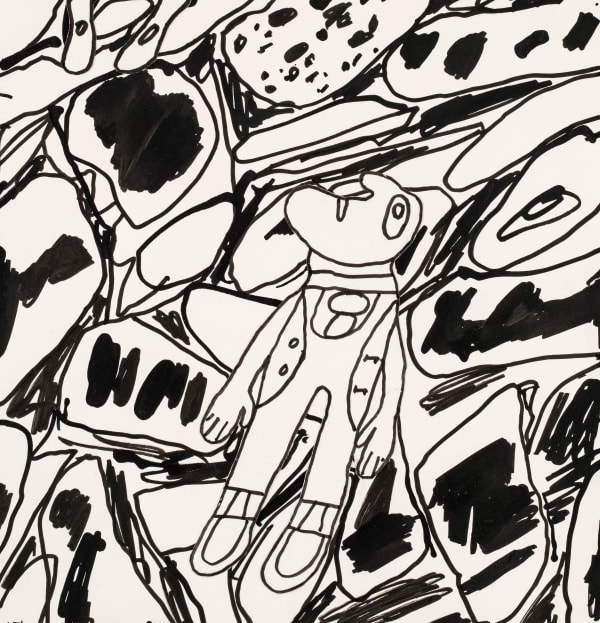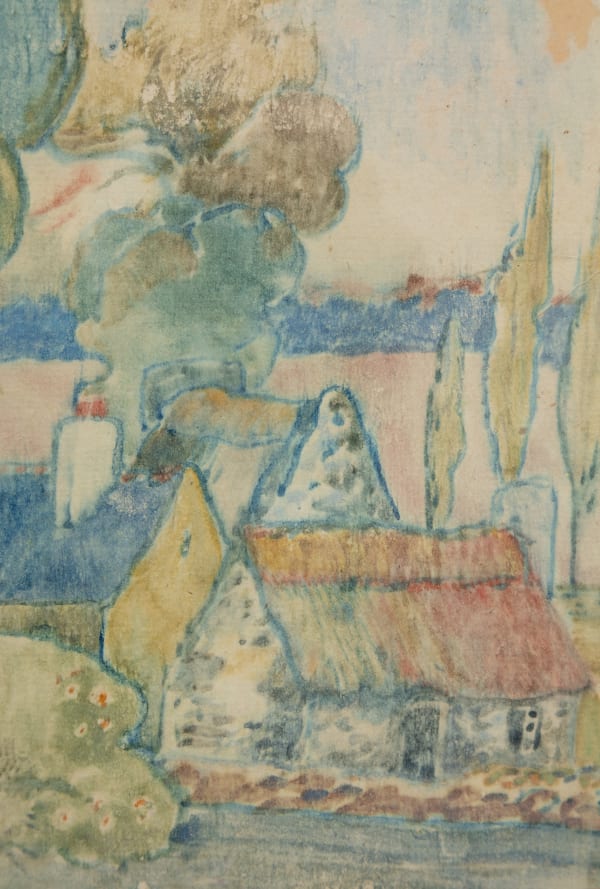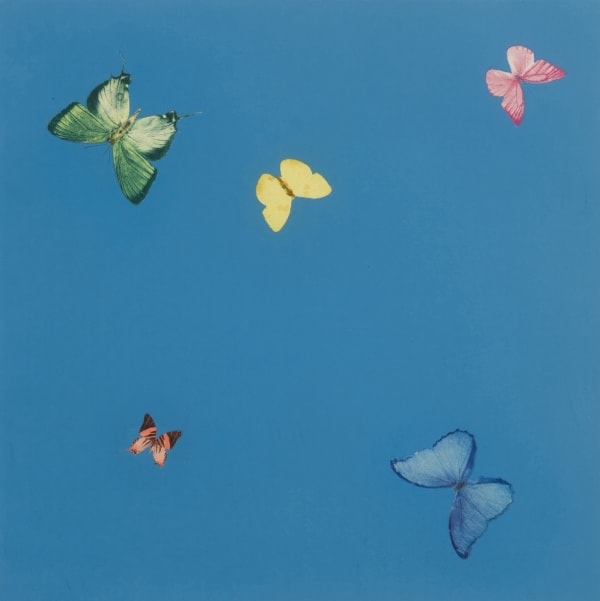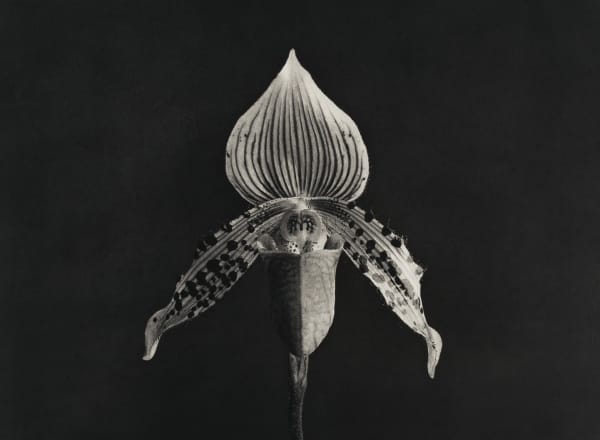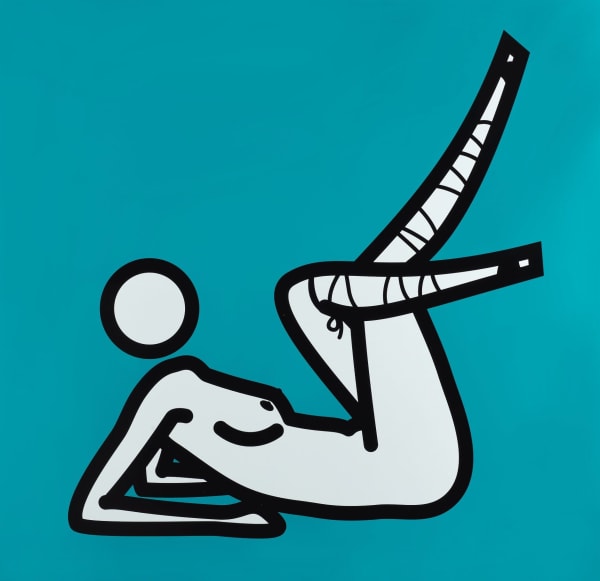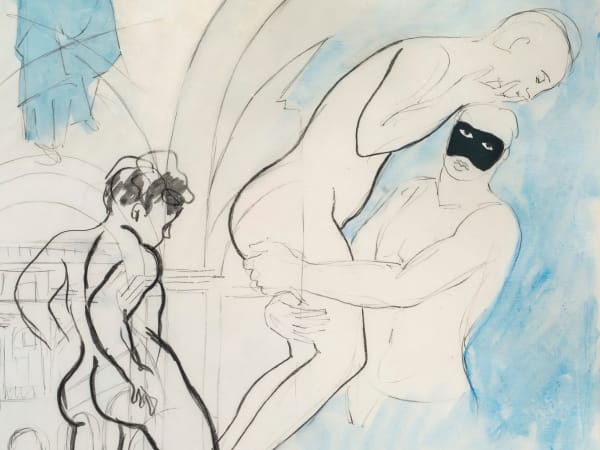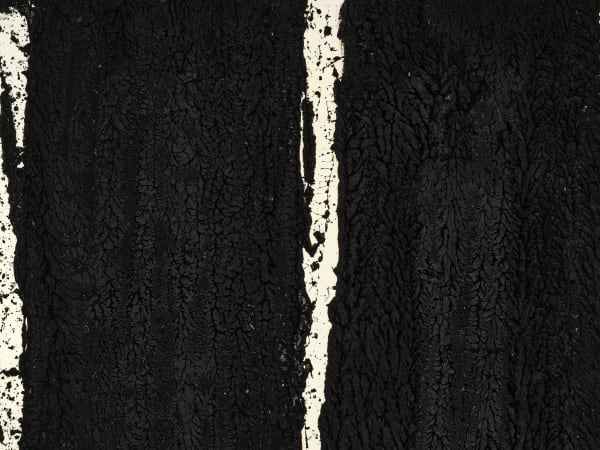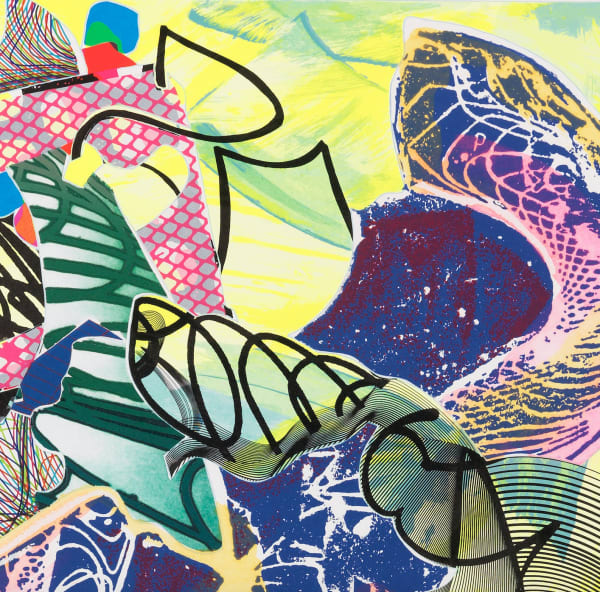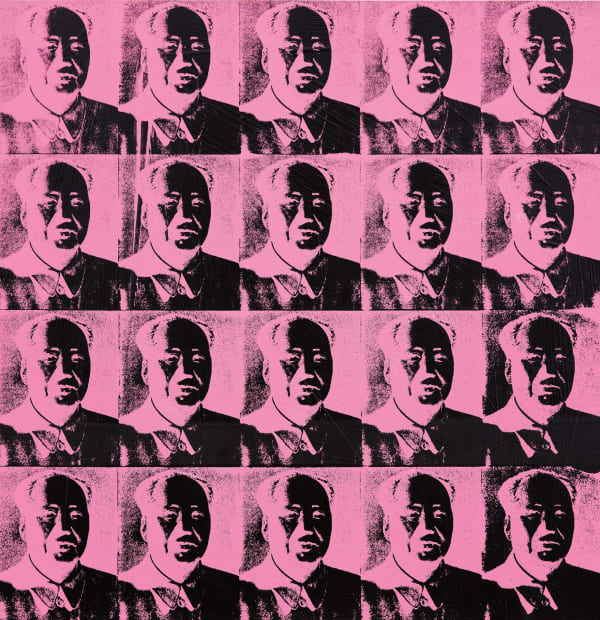-

Ansel Adams
-

Anni Albers
-

Josef Albers
-

Elena Asins
-

Felipe Baeza
-

Amoako Boafo
-

Alexander Calder
-

Eduardo Chillida
-

George Condo
-

Sonia Delaunay
-

Jean Dubuffet
-

Helen Frankenthaler
-

Paul Gauguin
-

Sam Gilliam
-

Julio González
-

Roberta González
-

Keith Haring
-

Damien Hirst
-

Alex Katz
-

Ellsworth Kelly
-

Benita Koch-Otte
-

Jeff Koons
-

Yayoi Kusama
-

Sol LeWitt
-

Roy Lichtenstein
-

Robert Mangold
-

Robert Mapplethorpe
-

Henri Matisse
-

Joan Miró
-

Julian Opie
-

Francis Picabia
-

Pablo Picasso
-

Gerhard Richter
-

Richard Serra
-

Frank Stella
-

Antoni Tàpies
-

Joaquín Torres-García
-

Cy Twombly
-

Manolo Valdés
-

Nelo Vinuesa
-

Andy Warhol
-

Tom Wesselmann
-

Stanley Whitney
-

Jonas Wood





